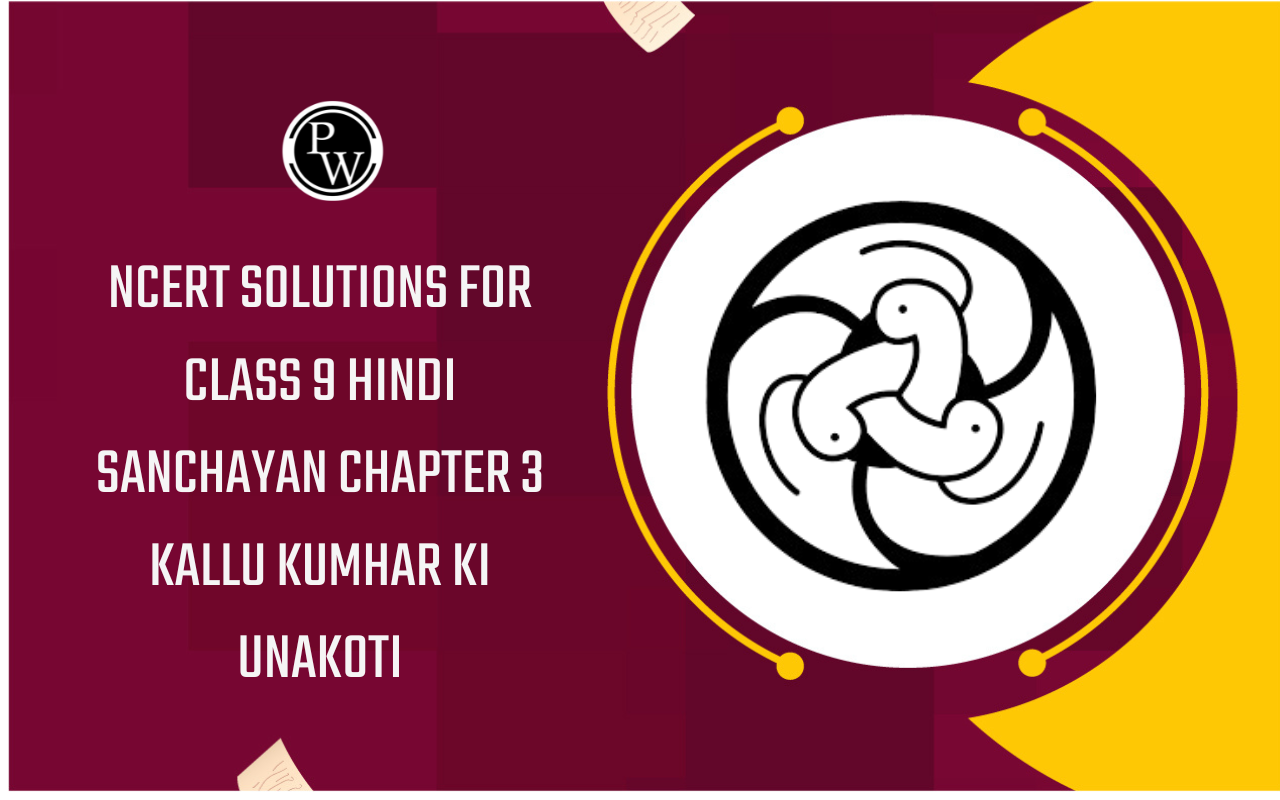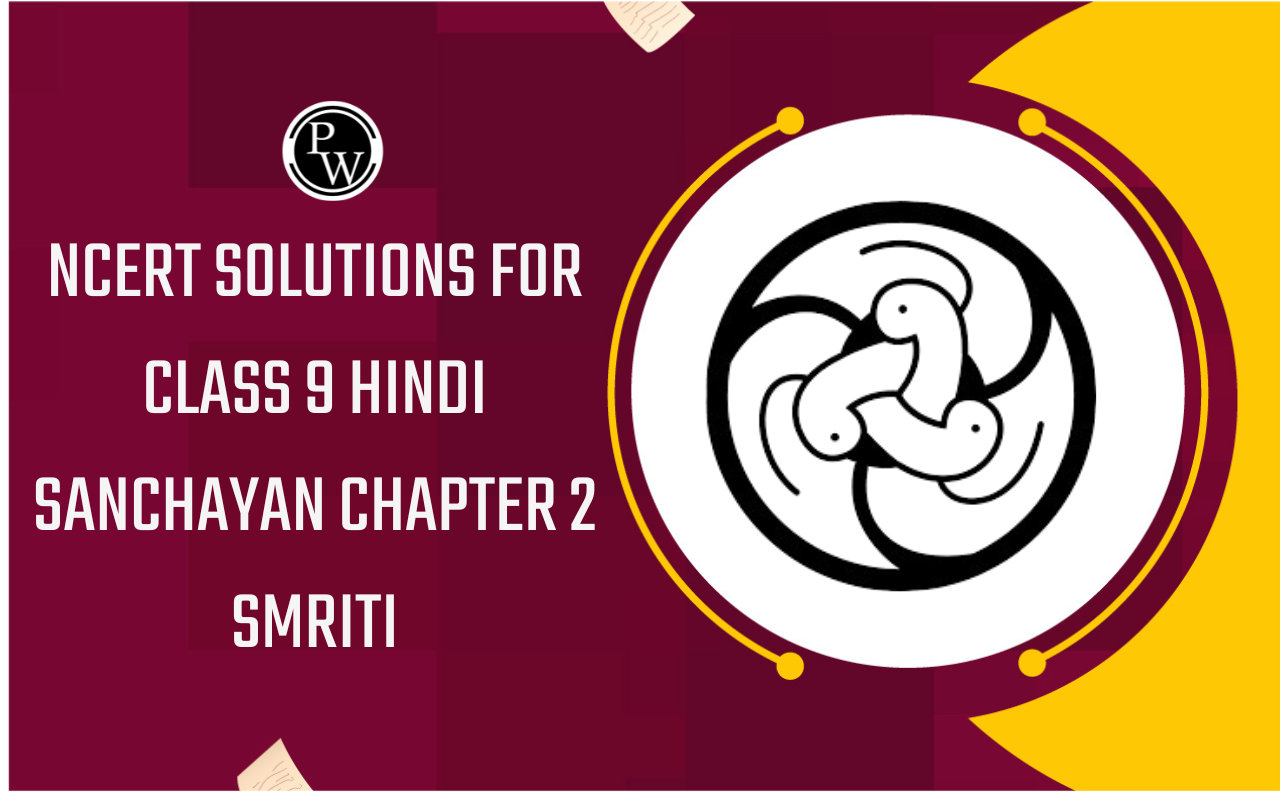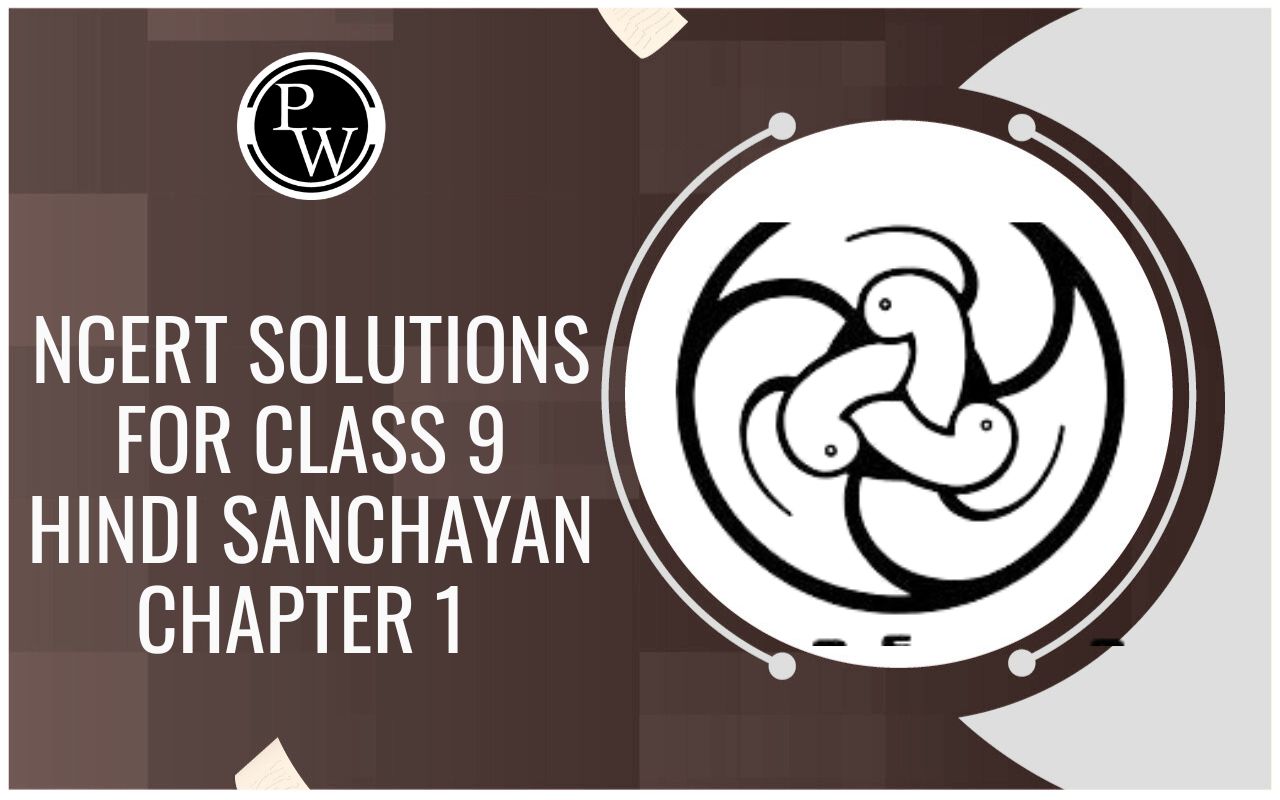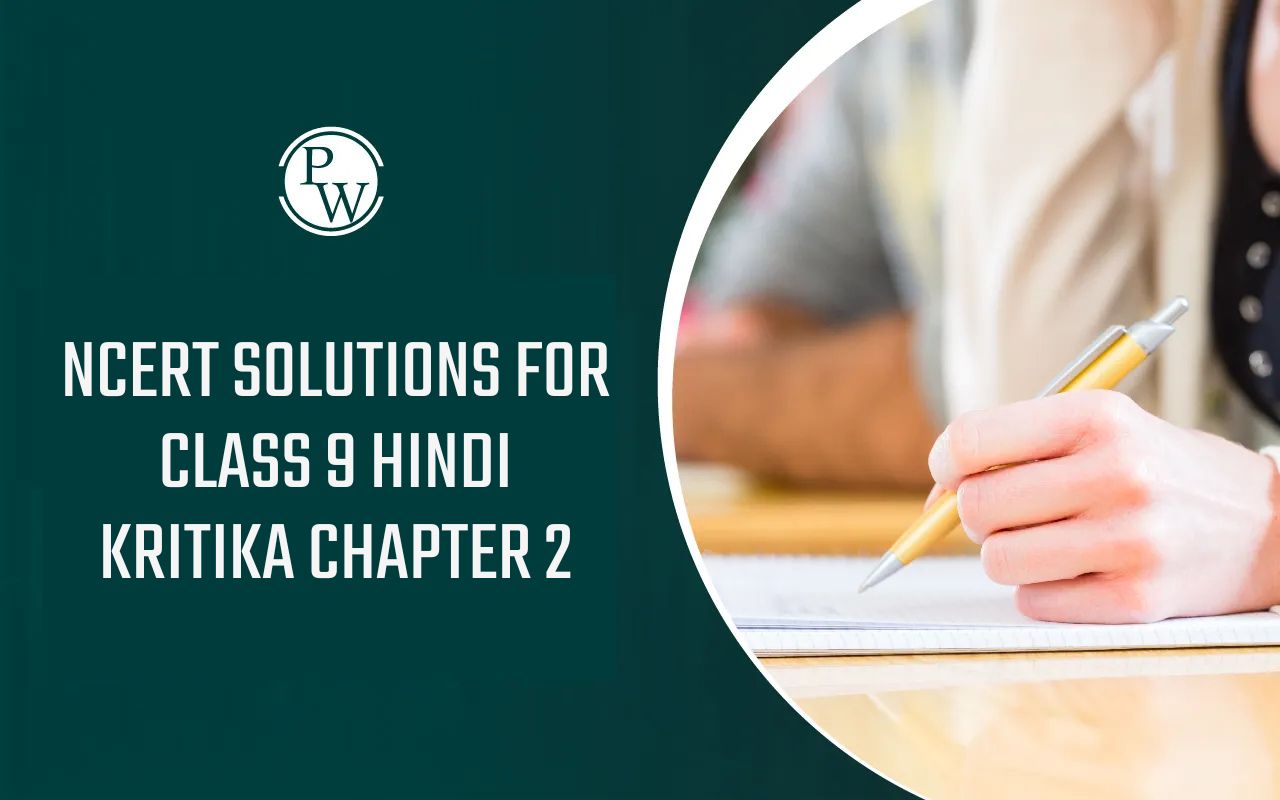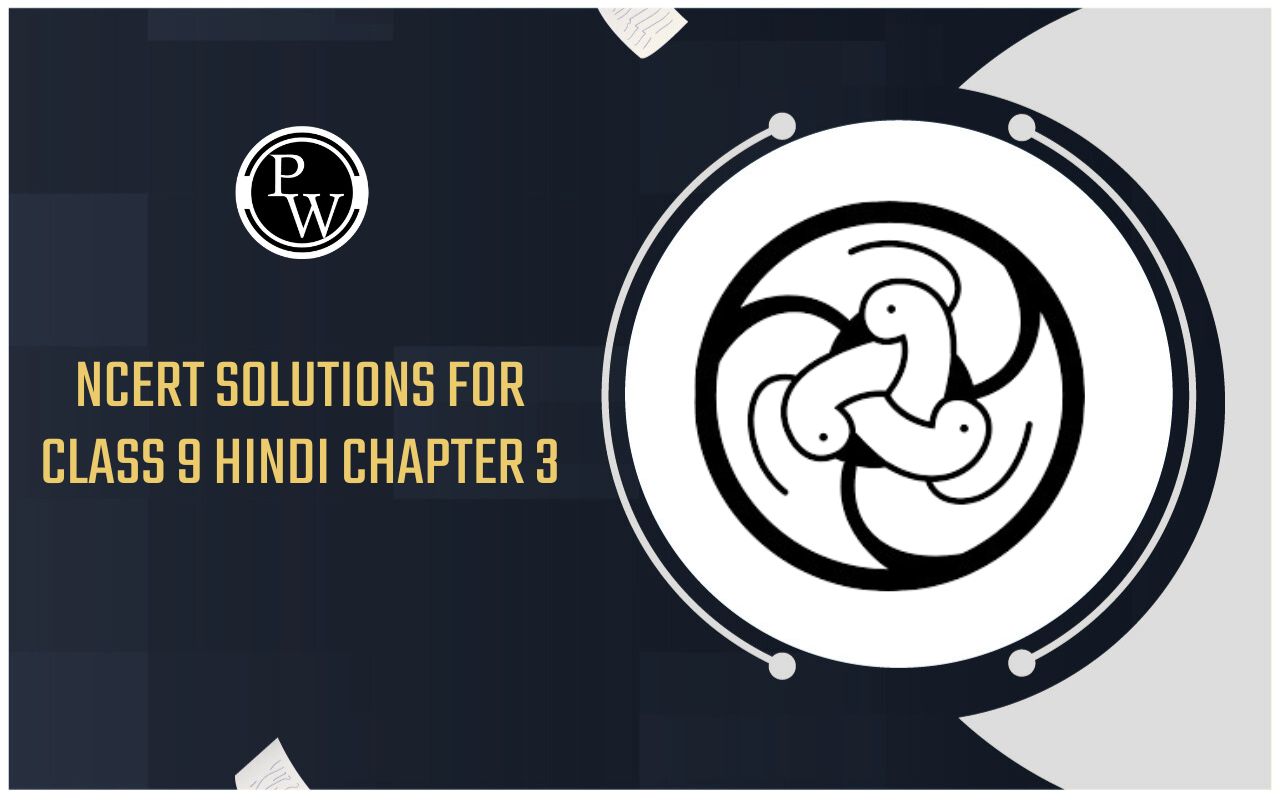
ICSE Worksheet for chapter-6 Electrolysis class 10
Worksheet For class 10
This page is prepared by the Academic team of Physics Wallah which consists of ICSE Board Worksheet for Class 10 Chemistry . Students of Class 10 Chemistry can get a free Worksheet for Class 10 Chemistry in PDF format prepared as per the newest syllabus and examination pattern in your schools.
Standard 10 students can practice questions and answers which are given here for Chemistry in Grade 10 that will help them to improve their knowledge of all important chapters and their topics. Students can also download free pdf of Class 10 Chemistry Notes prepared by teachers and solve important problems provided here with solutions on daily basis to get more scores in school exams and tests.
If any students need to take the online test to check their concepts or undertstanding then they can visit Chemistry Quiz for Class 10 .
Summary
- Electrolytes and non-electrolytes.
- Strong and weak electrolytes.
- Electrolytic cell, electrolysis.
- Ionization and dissociation.
- Electrochemical series, selective discharge of ions.
- Examples - electrolysis of -PbBr 2 , acidified water, CuSO 4 (using active and inert electrode).
- Application of electrolysis.
Section - 1
Q1. Complete each of the following statement with the help of a suitable word or a statement.
- An electrically charged atom is called ________.
- Calcium atom becomes a calcium ion by ________.
- A ferric ion becomes a ferrous ion by _________.
- The gas given off at cathode during the electrolysis of acidulated water is _______.
- The solution of a substance which conducts electricity is called _______.
- A solution of hydrogen chloride gas in water conducts electricity because _______ but a solution of hydrogen chloride gas in toluene does not conduct an electric current because ________.
- Electrolysis is the passage of _________ through a liquid or a solution accompanied by a ________ change.
- As we descend the electrochemical series containing cations, the tendency of the cations to get_________ (oxidized/reduced) at the cathode increases.
- The (higher/lower) _______ the concentration of an ion in a solution, the greater is the probability of its being discharged at its appropriate electrode.
Q2. Choose A, B, C, D to match the descriptions i) to v) below. Some alphabets may be repeated.
- Non-electrolyte
- Weak electrolyte
- Strong electrolyte
- Metallic electrolyte
- Molten ionic compound
- Carbon tetrachloride
- An Aluminium wire
- A solution containing solvent molecules, solute molecules and ions formed by the dissociation of solute molecules.
- A sugar solution with sugar molecules and water molecules.
Section - 2
Q3. Define the following statements with suitable example:
- Weak electrolye
- Anode and cathode
- Ion
Q4. How will you distinguish between metallic conductions and electrical electrolytic conductions?
Q5. Write equations for the reactions taking place at cathode and at anode during the electrolysis of:
- Acidified nickel sulphate solution with nickel electrode.
- Acidified copper sulphate solution with copper electrode.
- Acidified copper sulphate solution with platinum electrode.
- Acidulated water with inert electrode.
- Molten lead bromide with inert electrodes.
Q6. What are the factors that influence the selective discharge of ions?
Q7. Name the products formed at anode & cathode when acidulated water is electrolysed.
Q8. Explain the mechanism of electrolysis.
Q9. Why is it necessary to add acid to water before proceeding with the electrolysis of water?
Q10. Mr. Ram wants to electroplate his key chain with nickel to prevent rusting. For this electroplating : (ICSE 2010)
- Name the anode
- Name the cathode
- Give the reaction at the anode
Q11. Given one example of a substance in each case, which contains:
- Ions only
- Molecules only
- Both ions and molecules
When copper sulphate solution is electrolysed with copper electrodes, the blue ions discharged at the cathode get deposited as copper at the cathode, yet the blue colour of the solution does not fade. Explain.
(Campare the change in mass of the cathode with the change in mass of the anode.
If you were given a piece of pure nickel, a brass spoon and some nickel sulphate solution, draw a diagram of the arrangement to show how you would plate the spoon with nickel showing the calthode, anode, pure nickel, the brass spoon, and nickel sulphate solution.
Q12. Name the electrolyte used in the electroplating of a metal objet with
- Gold
- Chromium
- Silver
- Copper
Q13. How is ionic concentration related to conductivity of an electrolyte?
Complete and balance the following reactions:
- CH 3 COOH ⇌______+______
- 4H + +_____→2H 2
- Ag + +____→Ag
- Cl - -e - →____
When the stopper of a bottle full of hydrogen gas is opened there are fumes in the air. Why?
Q14. Define the following terms:
Electrolyte
Electrometallurgy
Sugar is called a non-electrolyte. Explain what you understand by this term.
Write equations for the reactions at the cathode and anode in the electrolysis of dilute sulphuric acid with platinum electrodes.
Q15. What is electroplating?
- What is the purpose of electroplating?
- What are the conditions necessary for good electroplating?
The question refers to group IA or alkali metals in the Periodic Table.
- Name six elements in this group?
- Why are they

